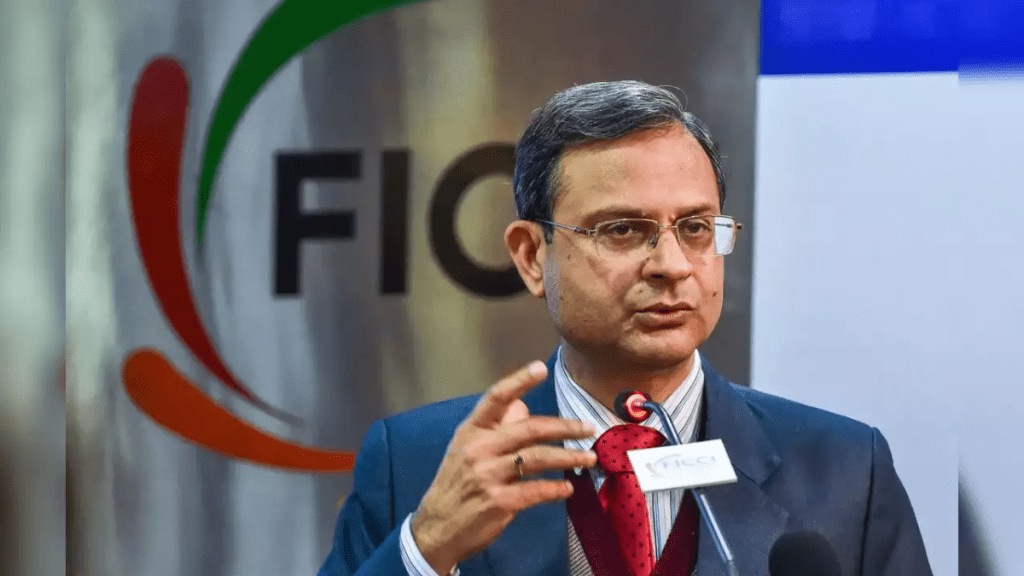y
By Jamal Mecklai
I have been interacting with Reserve Bank of India (RBI) for nearly 40 years, beginning with another Governor Malhotra back in 1986, and so I thought I could be forward enough to welcome you. To be sure, RBI is a completely different creature than it was back then, and more power to all the Governors and, no less, the smart and really committed staff for bringing it to where it is today.
Of course (as they say), a mother’s work is never done—and so, too, is the case with RBI. You have doubtless a long list of areas that you need to/want to address and there are many skilled people around who will support you as you go forward.
Nonetheless, I want to highlight one recent area of market dysfunction, which appears to have gone unnoticed, or certainly uncommented on. Over the past couple of years, domestic market liquidity has been bouncing between surplus and deficit conditions with alarming frequency. While RBI has a range of instruments that it uses to bring liquidity back to where it believes it should be, users of the market have no such support—there are no market instruments to hedge against higher volatility of liquidity conditions.
Thus, banks are compelled to protect themselves by pushing up their lending spreads, which makes borrowing more expensive. Companies who need to manage their finance portfolios, end up having to keep “excess” liquidity buffers to protect against these potential cost rises, which renders their financial management inefficient. Both of these impacts reduce investment and, of course and as we have seen, growth.
One of the causes of this volatility could be the increase of regular outflows due to GST and advance tax payments, as the economy has grown. However, another—and, in my view, RBI-made—reason is the huge volume of intervention that RBI has unleashed to try and keep rupee volatility contained.
Volatility is a natural property of any system of moving prices (market), and the volatility of prices of different elements of a market—say, exchange rates and interest rates—are linked to each other, depending on the degree of openness of the market. Thus, any attempt to staunch volatility in one part of a market automatically shows up in another, and a key part of RBI’s job is to keep choosing dynamically where (and how much) to allow volatility and where to contain it.
Significantly, FX market volatility is relatively easy for banks and companies to manage, unlike the volatility in liquidity conditions. The Indian FX market is deep, liquid and quite efficient, and it is relatively easy for users to get very narrow price quotations for volumes upto $50-100 million; again, a kudos to RBI for this. The Clearing Corporation of India Ltd (CCIL) offers a transaction platform to small and medium enterprises and individuals, where even small players can get reasonable FX pricing (depending, of course, on their banks).
Given this, it would seem much more sensible for RBI to manage the market in a way that permits higher volatility in a market (FX) where hedging risk is relatively easy and well-developed, rather than in a market (liquidity) where there is no straightforward way to hedge risk.
I conducted an analysis assuming RBI completely eschewed FX intervention as of January 1, 2023. The analysis showed that the USDINR spot rate today would have been 84.68, almost exactly the same as the actual value (84.70). Perhaps more importantly, with zero intervention over the period, RBI’s foreign currency assets (FCA) would have been about $540 billion as of today ($498 billion in January 2023, plus a net accretion of $44 billion over the period)—this is a huge $40 billion more than the current level of FCA, which have been falling sharply and currently stand at around $500 billion. recently fallen to a two year low of below $500 billion. In addition, RBI would have saved itself a huge amount of liquidity management activity and, as explained earlier, would have made it substantially easier for banks and companies to manage their liquidity positions, which would, in turn, have led to greater economic activity and better growth. (The analysis is a simplification since it assumes that the rupee, absent intervention, would have followed the dollar index [DXY] exactly.)
To be sure, the rupee would have been much more volatile, ranging between 79.50 and 85.50 (instead of the actual range of 81-84.75 over the past two years). The average volatility would have been around 6% (as opposed to 2%), which is not much different than the volatility that prevailed between 2018 and 2022, during which Indian companies were quite easily able to manage their risk. Indeed, I would also make the case that living in a reasonably modest volatility environment is very important for companies to be able develop and fine tune their skills at risk management, which is the price of admission to the global market.
Modifying slightly what I said at the start, welcome to the market, Governor Malhotra.
The author is CEO, Mecklai Financial
Disclaimer: Views expressed are personal and do not reflect the official position or policy of FinancialExpress.com. Reproducing this content without permission is prohibited.

